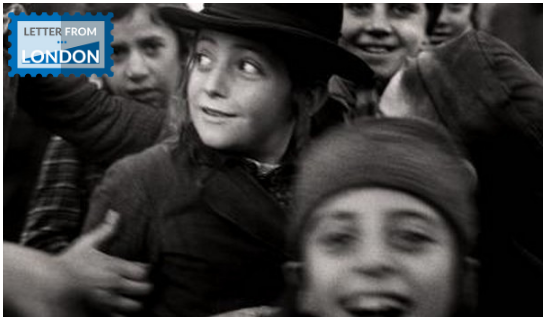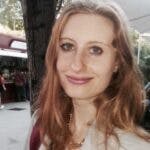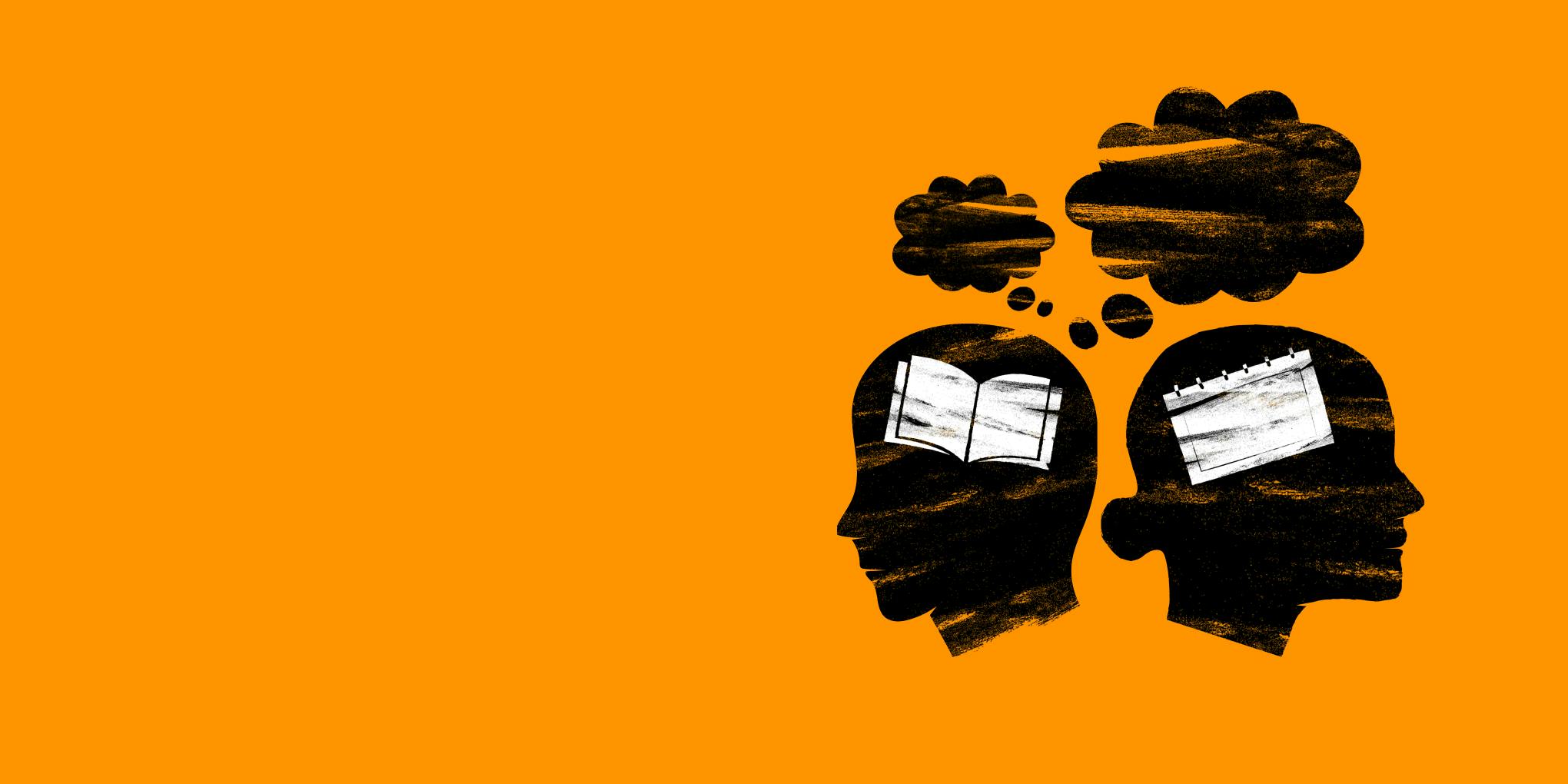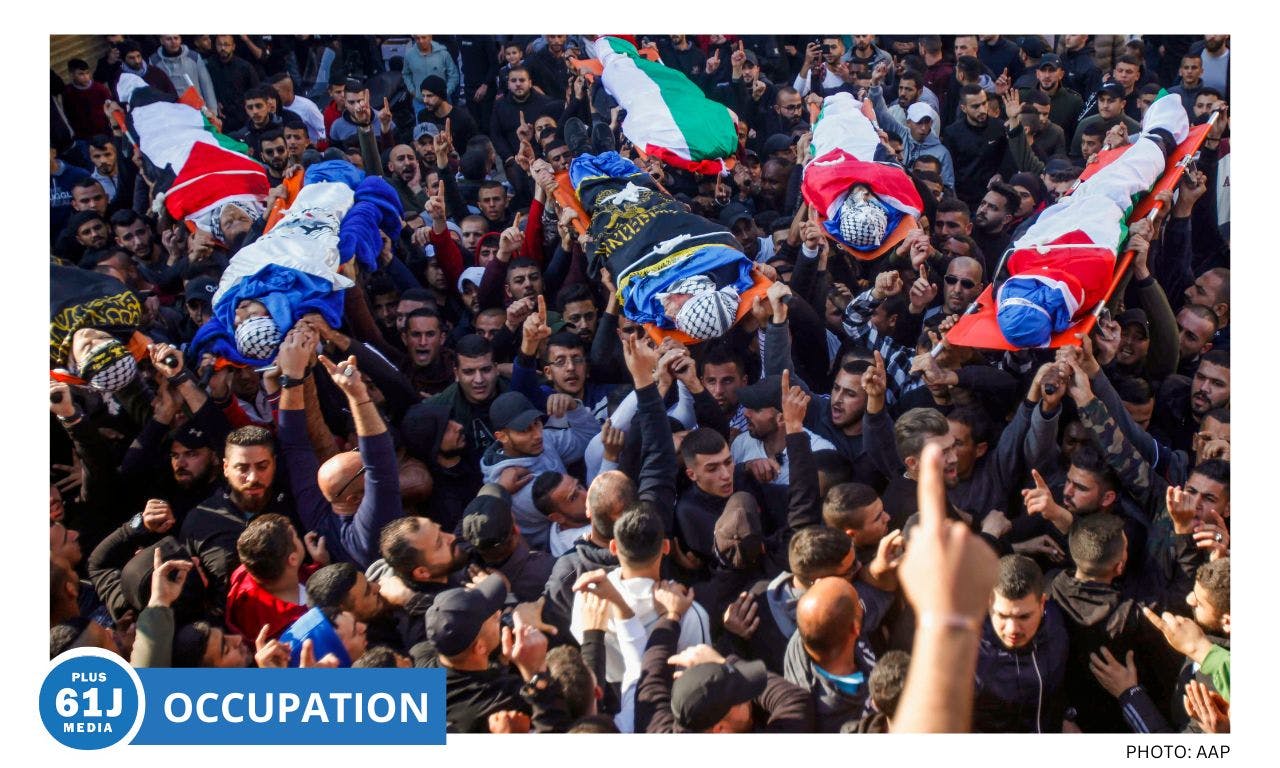Published: 12 February 2019
Last updated: 4 March 2024
From the circular motion of the fish to the wet cobblestones, the detail is remarkable, the print a rare early example of negatives developed by Roman Vishniac, the photographer behind some of the most iconic images of pre-war Jewish life in Europe, and currently the subject of a major retrospective presented simultaneously at the Jewish Museum and Photographers Gallery in London.
Vishniac’s lens captures that same lost world evoked by the words of Isaac Bashevis Singer. Bratislava, Vilna, Warsaw. An entire continent, in all its vitality and pain, is explored by Vishniac, a Russian-born Jew who left for Germany in the 1920s because of growing anti-Semitism at home.
Mostly, these now famous works are the result of photography commissions by a number of Jewish relief organisations who, from the mid-1930s onwards, hoped Vishniac’s sharp, humanitarian eye could vividly capture the growing hardships of Jews in Eastern Europe, and in doing so help secure funds from wealthy US Jews.
The photographs showing life in Poland at the time, home to rabid anti-Semitism, portray an existence so hopeless as to almost prophesy the Holocaust. A favourite of the great Henri Cartier-Bresson was Vishniac’s image of an old man and his adult granddaughter wearing worn, wearied expressions: Vishniac had overheard them discussing how the boycotts against Jews were making it difficult to find work.
There are kids sitting outside their home in a poor part of Warsaw, Krochmalna Street, presumably to escape the dark, dank air of their basement flat (incidentally, this is also the street where Bashevis Singer grew up, and where the orphanage of famous Jewish educator Janusz Korczak was located). There are old men crouching on the cobbled streets, possibly Lodz, Lublin or Warsaw, reduced to abject misery.
[gallery columns="1" size="large" ids="25863"]
Vishniac also visited the Polish border town of Zbaszyn, where about 9,000 Jewish women, children, the elderly and infirm were left stranded after Hitler forcibly deported nearly 17,000 Jews of Polish descent - and the Polish authorities refused them admission. People lived in horse stables and disused military barracks, disease was rife, and many died of pneumonia.
Vishniac’s image at Zbaszyn of 11-year-old Nettie Stub, her white face poking out from a cramped, dark room, was subsequently picked up by the Red Cross. A few months later, Nettie, along with several other children, was taken to safety in Sweden, something the adult Nettie would later credit to Vishniac’s photograph.
A highlight are photographs and original film footage of Jews in Carpathian Ruthenia, in what was then Hungary, and today south-western Ukraine. Men and women till the muddy fields, daredevil boys ride horses across streaming rivers, a rabbi smokes during cheder, and children wait in line along a muddy country road for the mikveh. Vishniac wrote that he “felt [him]self transported several centuries back in time”.
These are some of the only photographs ever taken of remote villages like Vysni Apsa, a peek into a place that once exuded a sense of timelessness, and which disappeared almost overnight. In March 1944, Germany seized control of Hungary and began transporting the Jewish population of Carpathian Ruthenia to Auschwitz.
Many of the villagers we see here, like farmer and tanner Chaim Simcha Mechlowitz, together with his wife Etel and all but one of their children, were killed.
Berlin, where Vishniac lived for a number of years as a refugee from Russia before the war, is also a protagonist: mothers pushing prams, children playing on the street, a lone swastika in the background the only hint of time and place.
[gallery columns="1" size="large" ids="25864"]
Because Jews were banned from taking photographs on the street, the pictures of Nazi posters or other propaganda often feature Vishniac’s young daughter, Mara, posing in front of objects of interest, so as not arouse suspicion. One of these, for example, shows Mara, then 7, standing in front of a shop which sells equipment to measure the different skull sizes between Aryans and non-Aryans. “Nurture race”, reads the shop sign.
Work that had been commissioned to alert American Jews to the plight of their brethren in Europe ultimately became eulogies for the dead. By the time Vishniac’s photographs were exhibited at the YIVO Institute for Jewish Research in the US, in 1944 and 1945 respectively, most of his subjects had perished.
These were faces Vishniac could not leave behind, even after his family escaped to America via Portugal in December 1940: a letter he addressed to Franklin D Roosevelt on the occasion of the president’s 60th birthday, two years later, urges the US leader to intercede on behalf of Europe’s Jews. It is exhibited here at the Jewish Museum.
Mercifully, the photographs are also beautiful images in and of themselves. Often, they proffer unusual angles: Vishniac would stand in doorways, or building foyers, capturing passers-by as they went about their lives, oblivious to this stranger snapping away, chronicling a new era as it unfolded.
Images of life at the Werkdorp Nieuwesluis Agrarian Training camp, in the Netherlands (1938), where German Jews awaiting Palestine visas were taught skills in farming and construction, recall images of pioneering Zionist photography, as well as the constructivist lines of fellow Russian Alexander Rodchenko.
The full range of Vishniac’s oeuvre is exhibited here, including some of the gorgeous and pioneering work he undertook in photomicroscopy, experimenting with photography and his lifelong love of the natural world. There is Albert Einstein smoking in what was reportedly one of the physicist’s favourite portraits; Marc Chagall, whose work was also haunted by scenes of Jewish life, stares at the camera lens challengingly. Once in America, however, Vishniac continued to be drawn to those shunned by society’s spotlight, whether Holocaust survivors, newly arrived Chinese immigrants or black musicians.
Ultimately, it is the countless images from a lost Europe that stay with us: in Vilna, men joking around on the synagogue’s steps, while in the foreground an old woman sits on a chair, her eyes closed, leaning on a cane; the beautiful face of a little girl in Lodz delighting in the milk and pot of soup she has just received from a Jewish relief organisation; an orthodox father walking his son to cheder, wrapped up against the biting Slovak cold. Vishniac’s portraits of a lost era sear into your soul.
Main image: Jewish school children in Mukacevo, now in the Ukraine, c1935–38




